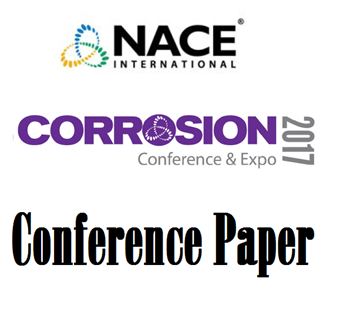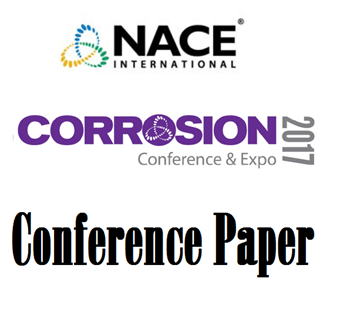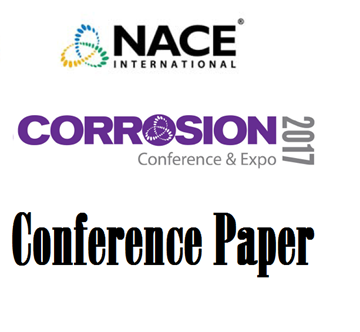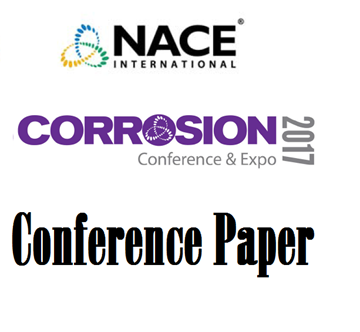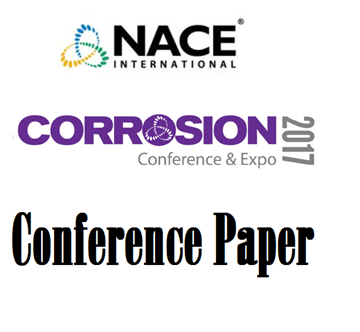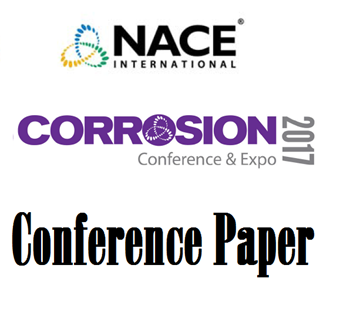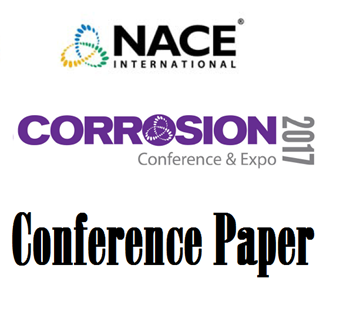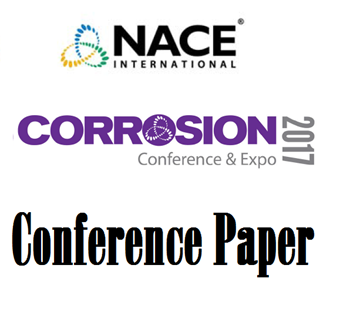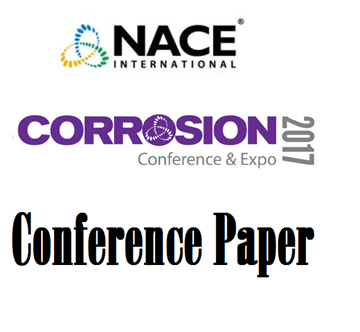Search
Products tagged with '2017 Conference Papers'
View as
Sort by
Display
per page
51317--9542-Silicon-Based CVD Nanocoatings for Corrosion Resistance and Advanced Surface Properties
Product Number:
51317--9542-SG
ISBN:
9542 2017 CP
Publication Date:
2017
$20.00
51317--9544-External Corrosion Protection of Aboveground Storage Tanks Using Vaporized Corrosion Inhibitors
Product Number:
51317--9544-SG
ISBN:
9544 2017 CP
Publication Date:
2017
$20.00
51317--9547-Electrochemical Performance of Nano Engineered-Coatings Based on ANA in Corrosive Environment
Product Number:
51317--9547-SG
ISBN:
9547 2017 CP
Publication Date:
2017
$20.00
51317-9549- Corrosion Behavior of Niobium-Containing Titanium Alloys in Biological Solutions
Product Number:
51317-9549- SG
Publication Date:
2017
$20.00
51317--9550-Challenges in Providing Effective Cathodic Protection to Thermally Insulated Pipeline Risers
Product Number:
51317--9550-SG
ISBN:
9550 2017 CP
Publication Date:
2017
$20.00
51317--9551-Identification of Compounds that Effectively Block Microbial H2S Production
Product Number:
51317--9551-SG
ISBN:
9551 2017 CP
Publication Date:
2017
$20.00
51317--9560-Development of a Probabilistic Framework for Integrity and Risk Assessment of Unpigabble Pipelines
Product Number:
51317--9560-SG
ISBN:
9560 2017 CP
Publication Date:
2017
$20.00
51317-9562-Corrosion of Ferrous Alloys in a Molten Chloride Salt for Solar Thermal Energy Storage
Product Number:
51317-9562-SG
Publication Date:
2017
$20.00
51317--9564-Inhibited Under-Deposit CO2 Corrosion: Small Particle Silica Sand and Eicosane Paraffin Deposits
Product Number:
51317--9564-SG
ISBN:
9564 2017 CP
Publication Date:
2017
$20.00
51317--9571-Reflections on 70 Years of Marine Corrosion Research and Testing Inspired by Francis L. LaQue
Product Number:
51317--9571-SG
ISBN:
9571 2017 CP
Publication Date:
2017
$20.00
51317--9572-Comparison of Corrosion Management Strategies of RC Structures Using a Reliability-Based Approach
Product Number:
51317--9572-SG
ISBN:
9572 2017 CP
Publication Date:
2017
$20.00
51317--9575-Intergranular Corrosion in Al-Mg 5XXX Alloys Under Atmospheric Exposures
Product Number:
51317--9575-SG
ISBN:
9575 2017 CP
Publication Date:
2017
$20.00

